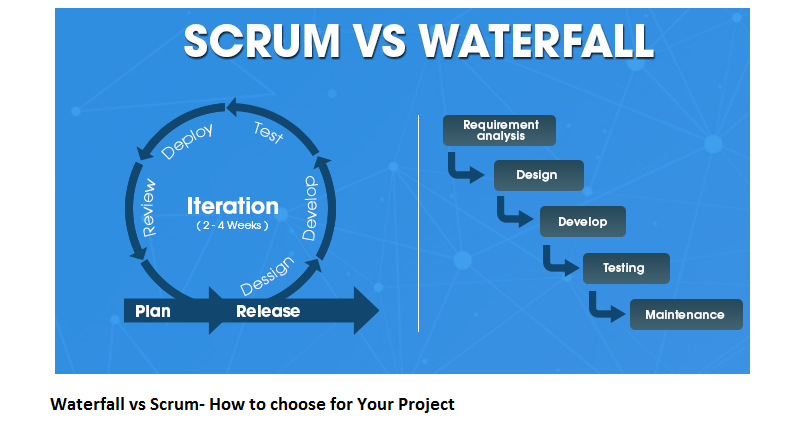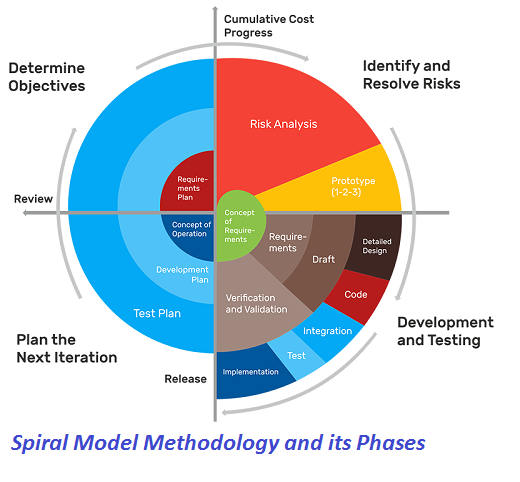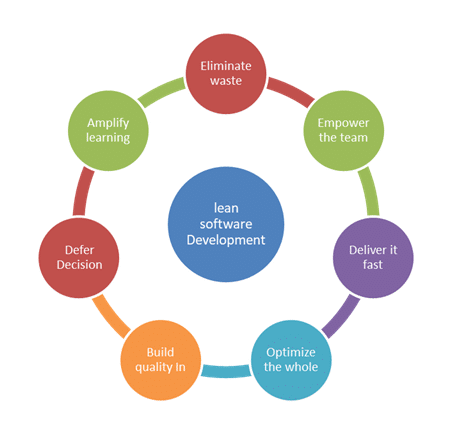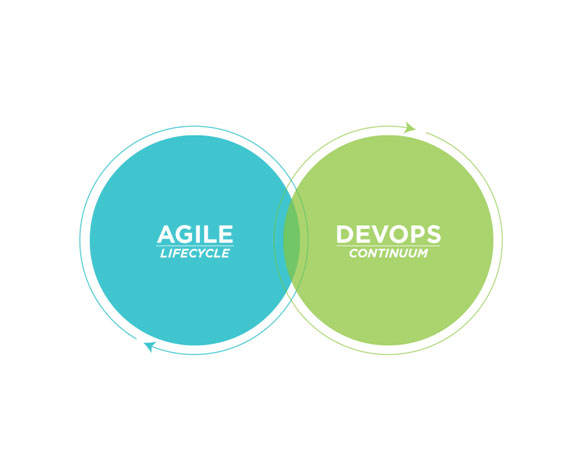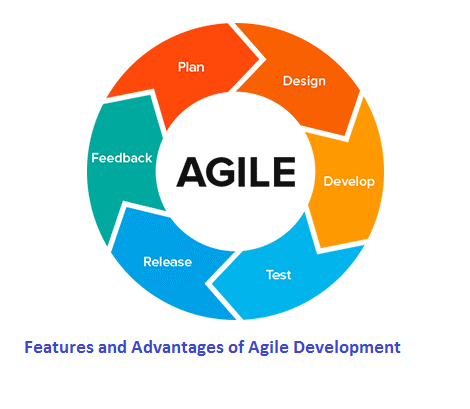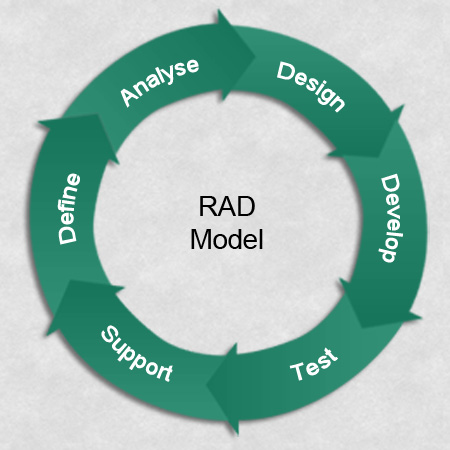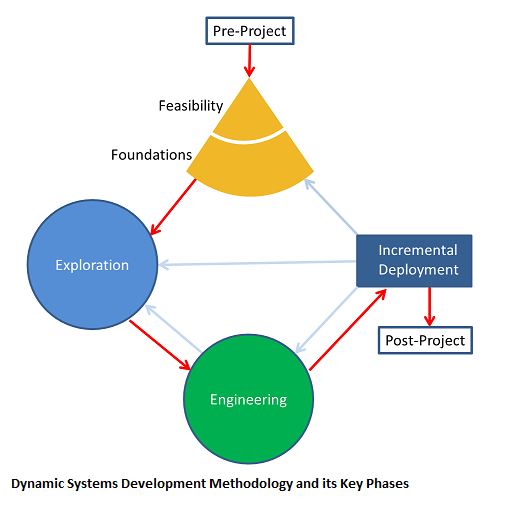 What is Dynamic Systems Development?
What is Dynamic Systems Development?
The Dynamic Systems Development technique (DSDM) is an associate degree agile code development approach that provides a framework for building and maintaining systems. DSDM is an iterative code method within which every iteration follows the 80% rule that simply enough work is needed for every increment to facilitate movement to the following increment. The remaining detail is often completed later once a lot of business necessities are noted or changes are requested and accommodated.
Key principles of the dynamic systems development method
DSDM is structured around eight key principles: Dynamic Systems Development Model is a software development methodology originally based on the Rapid Application Development methodology. This is an iterative and incremental approach that emphasizes continuous user involvement. Its main aim is to deliver software systems on time and within budget. This model simply works on the philosophy that nothing is developed perfectly in the first attempt and considers it an ever-changing process.
Focus on the business need: – DSDM teams must establish a valid business case and ensure organizational support throughout the project.
Deliver on time: – Work should be time-boxed and predictable, to build confidence in the development team.
Collaborate: DSDM teams must involve stakeholders throughout the project and empower all members of the team to make decisions.
Quality: – To ensure high quality, the level of quality should be agreed upon with the business at the start of the project. This is enforced through continuous testing, review, and documentation.
Build incrementally from firm foundations: – Teams must do enough design work up front (EDUF) to ensure they know exactly what to build, but not too much to slow development.
Developer Iteratively: – Take feedback from the business and use this to continually improve with each development iteration. Teams must also recognize that details emerge as the project or product develops and they must respond to this.
Communicate continuously and clearly: – Holding daily stand-up sessions, encouraging informal communication, running workshops and building prototypes are all key DSDM tools. Communicating through documents is discouraged – instead, documentation must be lean and timely.
Demonstrate control: – The project manager and team leader should make their plans and progress visible to all and focus on successful delivery.
Advantages of Dynamic Systems Development Model
Users are highly involved in the software development of the system so, they are more likely to get a grip on the software development project. In this model, the basic functionality is delivered quickly, with more functionality being delivered at frequent intervals. This method provides easy access by developers to end-users. In this kind of development, approach projects are delivered on time and within a specific budget.
Disadvantages of Dynamic Systems Development Model
The first thing is DSDM is costly to implement, as it requires users and developers both to be trained to employ it effectively. It may not be suitable for small organizations or one-time projects. It is a relatively new model; therefore, it is not very common and easy to understand. This model requires significant user involvement. This model involves the progressive development of requirements.

